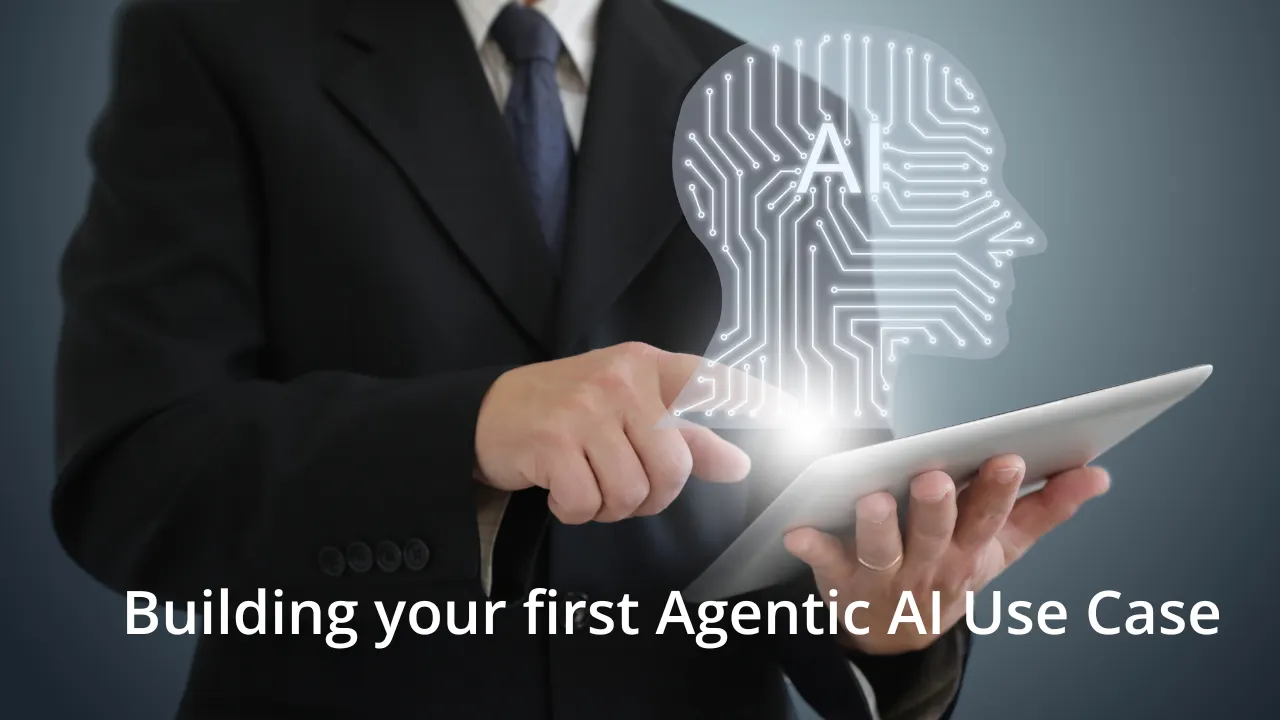Organizations worldwide are concerned with managing costs and increasing savings in their Procure-to-Pay (P2P) processes. Despite the common goals of accounts payable and procurement, they often operate in silos when it comes to improving process inefficiencies and implementing automation technology.
Procurement and accounts payables teams may work independently with their own centralized processes and separate point solutions for automating specific P2P stages, rather than utilizing one tool for the entire P2P lifecycle. While these compartmentalized initiatives can bring short-term benefits, they often fail to maximize the organization’s potential in P2P operations.
Even when teams have open and collaborative relationships, there is still a significant lack of visibility as separate teams manage financial and supplier data across respective legacy systems.
According to McKinsey’s new book “Procurement 20/20”, a lack of focus by CFOs on procurement excellence can hinder the potential for procurement leadership to generate savings and drive organizational improvement. Effective collaboration between accounts payable and procurement is crucial for mitigating risks, improving cash flow, managing working capital, cutting costs, and ultimately delivering greater savings to the bottom line. In some organizations, procurement even reports to the finance department, at least for indirect spending.
Benefits of Having Accounts Payable and Procurement Synergy
Positive Working Capital
When AP and procurement work together closely, they can ensure that all invoice processing is accurately matched with corresponding purchase orders, vendor details, pricing, and payment information. This can minimize exceptions and reduce the need for rework, leading to faster and more efficient accounts payable invoice processing.
Accurate invoice matching and streamlined processes can help reduce the need for manual intervention, resulting in lower processing costs and greater efficiency. According to a survey by The Hackett Group, organizations that have strong collaboration between accounts payable and procurement experience a 38% lower invoice processing cost per invoice, as compared to those with low collaboration.
Also, aligning AP and procurement teams can significantly increase an organization’s ability to capture early payment discounts. Currently, only half of organizations capture these discounts consistently, while 16% never do. To increase the likelihood of capturing these discounts, procurement teams need to be aware of the realistic invoice lifecycle time from accounts payable during negotiations.
Once a discount has been negotiated, procurement should communicate the terms to accounts payable and facilitate the process to ensure successful capture of the discount. This alignment between procurement and accounts payable can help organizations maintain positive working capital by reducing costs and increasing cash flow.
Spend Analytics
To facilitate better decision-making and more accurate cash flow forecasting, CFOs depend on data. Accounts payable and procurement teams can contribute to this by providing qualitative data about the procure-to-pay process based on their experience, as they are responsible for ordering, approving, and making payments.
This information can help to augment the data already available in the ERP or P2P platform, resulting in a more comprehensive picture. A study by Ardent Partners found that organizations that have a high level of collaboration between AP and procurement have a 95% straight-through processing rate for invoices, as compared to just 60% for those with low collaboration.
Improved Data Accuracy
Close collaboration between accounts payable and procurement can help ensure that all data related to invoices, purchase orders, vendors, and payments is accurate, consistent, and up to date, improving the overall quality of financial data and reducing errors.
Increased Process Visibility
When AP and procurement collaborate, they gain greater visibility into the entire payment process, including invoice matching solution, payment approvals, and payment processing. This helps identify bottlenecks and areas for improvement, leading to more efficient processes and reduced costs.
Greater Compliance
Collaboration between AP and procurement can help ensure that all invoices and payments are compliant with regulatory and internal policies, reducing the risk of fines and penalties
Creating synergy across procurement, Accounts Payable (AP), finance, and even IT, means implementing a unified system that creates a whole that is greater than the sum of its parts. Implementing a unified system, such as accounts payable automation software, integrated Procure-to-Pay (P2P) software, can streamline back-office spend operations and add new value to an organization. By managing spend more effectively and increasing process efficiency, this integrated approach can transform an organization’s spend operations.
Challenges to accounts payable and procurement collaboration
One of the primary challenges is the lack of a universally accepted definition of savings. Different departments and organizations may have different criteria for what constitutes savings, making it difficult to establish clear goals and measure progress.
Even when savings are defined, there can be challenges in ensuring that they actually reach the bottom line. This can be due to a lack of clarity around who is responsible for ensuring that savings are realized and accounted for, or a lack of processes and systems to track and measure savings.
Additionally, there are many different factors that can impact savings before they reach the bottom line. Changes in order scope, volume, and currency exchange rates can all have an impact on the savings that were originally negotiated. Similarly, changes in contract compliance levels or market conditions can also impact savings, even after the negotiation process has been completed.
Read our Latest Blog- How to get started with Accounts Payable Automation
How can technology help bridge the gap?
AP and procurement teams need to work closely together and establish clear processes and systems for tracking and measuring savings. This may involve developing a shared definition of savings and establishing clear roles and responsibilities for ensuring that savings are realized and accounted for.
It may also involve leveraging technology and automation to streamline processes and improve data visibility and accuracy. By using tools such as automated invoice processing and spend analytics, AP and procurement teams can gain greater visibility into spending patterns and identify areas for cost savings.
The current savings tracking tools often have a significant flaw in that they lack integration with spend analysis. This leads to the need for manual entry of baseline data for every savings calculation, which could be for a period of six months to up to five years. Such manual data entry can result in longer cycle times, inaccurate data, and incorrect savings results.
However, with the advent of advanced technology, it is now possible to eliminate the need for manual data entry by integrating the savings tracking tool with the spend analysis tool. This integration can significantly benefit the user by reducing the time required to gather baseline data, regardless of the duration of the period. Additionally, it ensures the accuracy of the data and produces savings results more quickly. With this integration, users can present a more accurate picture of the savings generated from a project.
Furthermore, this integration provides an opportunity to improve the overall efficiency of the procurement and AP process. By using a unified platform that includes both spend analysis and savings tracking, procurement and AP teams can better collaborate and streamline their operations. This can result in a more accurate understanding of the organization’s spend, more efficient procurement processes, and ultimately, greater savings.
Conclusion
The integration of savings tracking tools with spend analysis tools can help to eliminate the drawbacks of manual data entry, reduce cycle times, and produce more accurate savings results. This integration can also contribute to more efficient procurement and AP operations, resulting in better collaboration, improved spend analysis, and ultimately, more significant savings for the organization.
Zycus’ S2P software is enhanced by the innovative Merlin AI Suite. This advanced suite enables procurement and AP officers to concentrate on strategic initiatives by automating operational tasks. It delivers data-driven insights to facilitate quick and informed decisions. Additionally, its conversational AI feature offers an intuitive, user-friendly experience to end-users, similar to the B2C model. To know more about accounts payable automation software, book a demo now.
Related Read:
- Blog – Measuring Your Accounts Payable Operational Metrics Effectively
- Blog – Transforming AP: Collaboration Connects Accounts Payable to Strategic Business Processes
- Blog – 3 steps to bridge the gap between procurement & finance
- Blog – 5 Cognitive Technologies to Look Out For in the Future
- White Paper – Procurement Analytics: Empowering the Future of Procurement
- White Paper – The 11 Most Important KPIs to Unlock Sustained Procurement Performance in 2023
- Blog – Why the Accounts Payable Turnover Ratio Matters for Your Business





























































